We have added shopping to our necessity list. With ever-changing trends, fast fashion corporations have sold us the idea that more is better, and less is just, well, less.
This may have you wondering, “how often should I buy new clothes?”, striving to look fashionable yet not overspend, or perhaps, overconsume. We’re here to clear up your doubts around new purchases, so that you can benefit your wardrobe and stay true to your style.
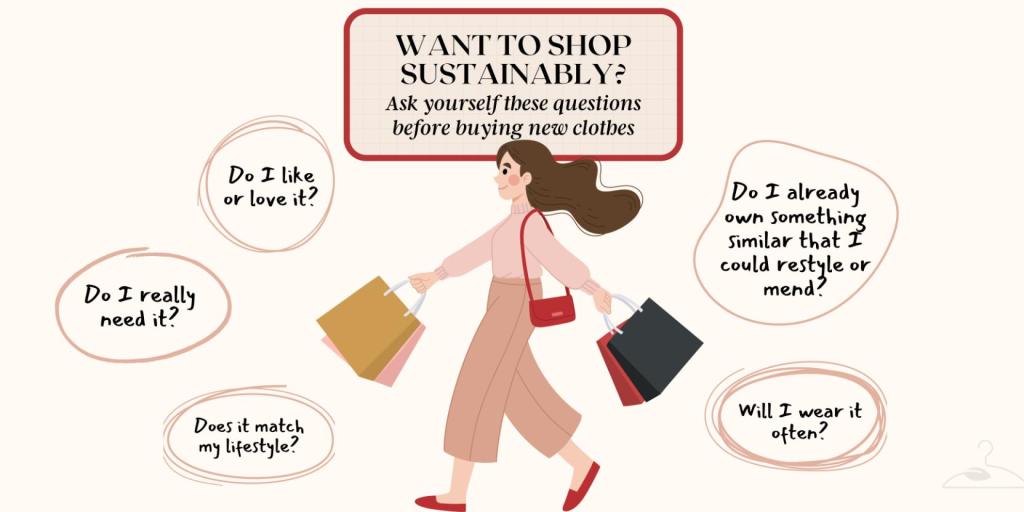
How often should I buy new clothes?
The key to determining how often you should buy new clothes lies in knowing what your necessities are and how to separate them from your wants. Avoid shopping at fast fashion stores and occasionally invest in high-quality, classic staples in order to minimize waste and build a stylish, eco closet.
The Do’s and Don’ts of Buying New Clothes: What You Need to Know
Shopping should be proactively and thoughtfully practiced – clothes are fun and no one can argue that – but knowing how and when to buy clothes can be the difference in your life that helps the environment, your bank account balance, and the development of your personal style.
With that said, we’ve prepared a list for you to help you know what are the Do’s and Don’ts of buying new items – let’s get sustainable!
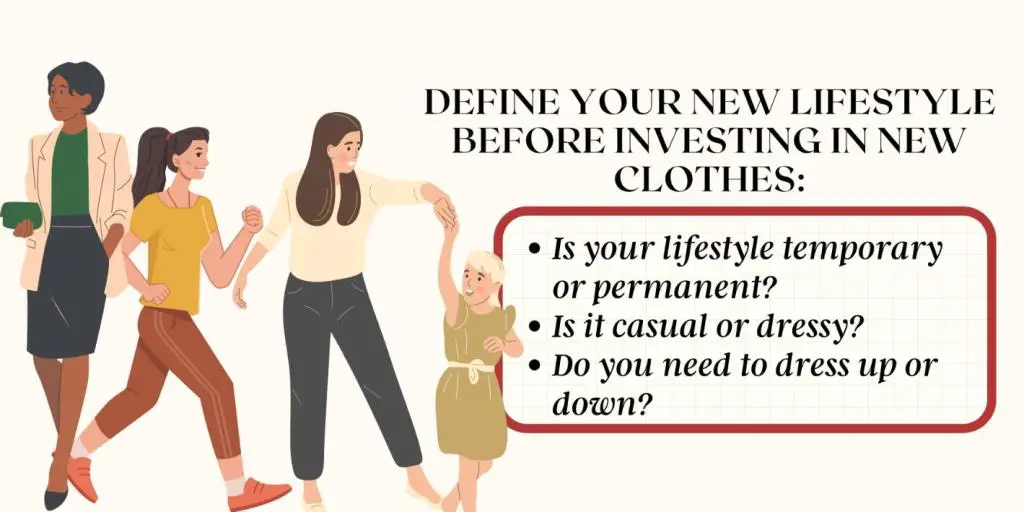
Adapting to Lifestyle Changes
Your life changes, sometimes out of choice and sometimes out of necessity. This could mean a new job, a new place, or a new crowd. It’s important to have a few new items if that helps you transition into a new phase of your life (I remember buying my first pantsuit, as I entered adulthood – we’ve all been there!).
However, such items should be investment pieces, which will not only last you a season, but also carry you through a crucial period of your life. In other words, it should reflect quality, versatility, and sophistication – something that won’t go out of style in a matter of months.
Do: Be it a leather work tote or the classic blazer, invest in wardrobe staples, rather than statement pieces to reflect your new lifestyle. Staples should feature minimalist cuts and timeless styles, rejecting fleeting trends that won’t serve you well in the future.
Do: Above all, when switching to a new lifestyle mold it into a long-term commitment – consider building a versatile, year-round capsule wardrobe. After all, longevity is always eco-friendly.
Don’t: Refrain from buying new clothes when you feel like you have nothing to wear – this leads to unnecessary purchases. Instead, try revamping your old pieces into something new! This way, you’ll breathe a new life into unwanted items, adding a personal touch to every upcycling project.
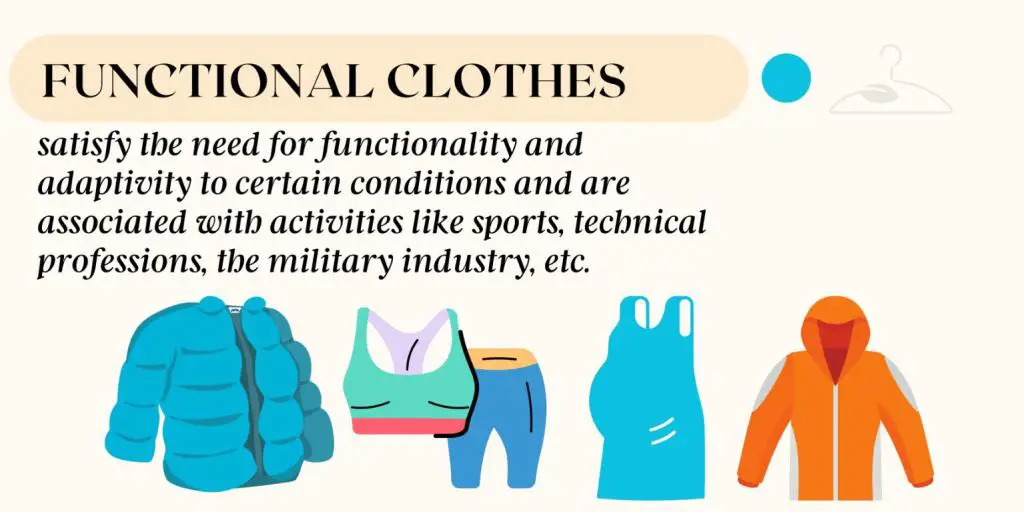
Investing in Functional Upgrades
If you are lacking functional clothing for any activity you love, this is a great time to invest in some high quality items. If you get into a new sport, it’s important to buy the correct shoes and clothing to support your body! No one wants to run a 5k in kitten heels (or maybe you do, and in that case, you go, girl!).
Don’t: Buying too much if you’re just starting out is a bad idea – a few nice pieces go a long way, especially if you end up leaving the sport or activity. These few items you purchased can be worn for leisure, given to charity, or upcycled for reuse!
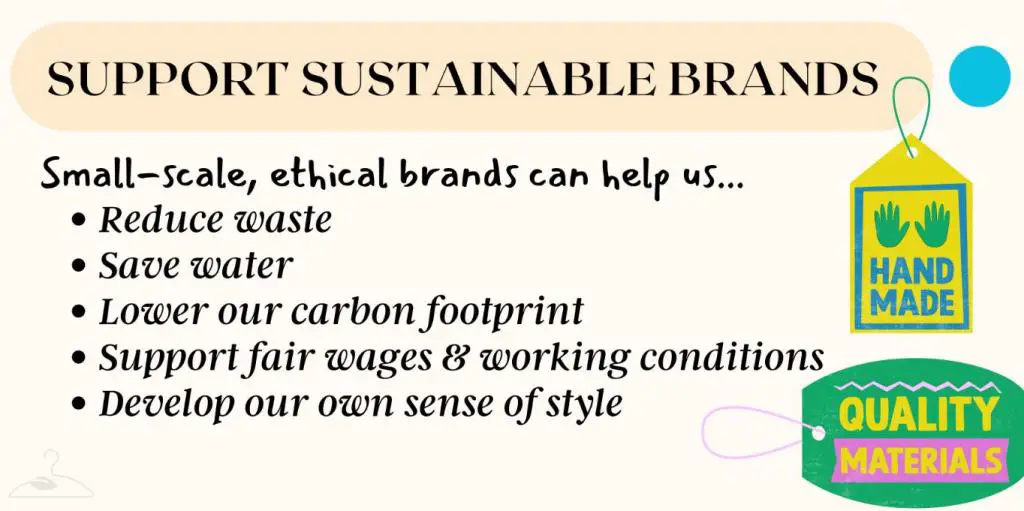
Supporting Sustainable and Ethical Brands
Buying from brands that champion sustainable materials and production will fill you with happiness and pride – especially when you finally purchase the piece you’ve been eyeing up for so long. Supporting the fashion industry through more responsible practices is an important part of collectively shifting to more sustainable norms!
Don’t: Don’t fall for the “green” version of consumerism, which refers to the idea of buying too many sustainable clothes for the sake of eco-friendliness. Sustainable purchases are items you should invest in and that you really love, not closet fillers!
Filling Wardrobe Gaps
When you have a gap in your wardrobe, it may become hard to create outfits that fit your needs and also your style. In capsule wardrobes, versatility is key to sustainable style. With more options to mix-and-match, you can create cohesive outfits and find more fulfillment in your wardrobe.
For this reason, deciding on what is missing is crucial. Finding one or two pieces that expand your options can help you avoid binge buying new items, ultimately, saving you and your wallet a whole lot of buyer’s remorse!
Don’t: Don’t completely refill your wardrobe because you’re fed up with your outfits. Find some pieces to reuse or give away, then assemble new looks with your basics, and finally, select a few new pieces to revitalize your style.

Why Should I Buy Less?
There’s enough clothing on the planet to dress the next 6 generations – we want to advocate for mindful shopping, sustainable fashion, and the development of personal style. This way, you buy what you really like, and not what someone is telling you to want!
Trends, and more specifically, “micro-trends” are like kryptonite for most fashionable shoppers. Once one new thing is out of style, a brand new trending article of clothing is all the rage. If you need any example, you can speak to the pink patterned cargo shorts in my childhood closet (I begged my mother for them for months). Wore them twice – never again.
You can eliminate this vicious couture cycle of over-consumption by committing to a few sustainable commandments of buying. After all, minimalism is what will bring more clarity to your question -“how often should I buy new clothes?”
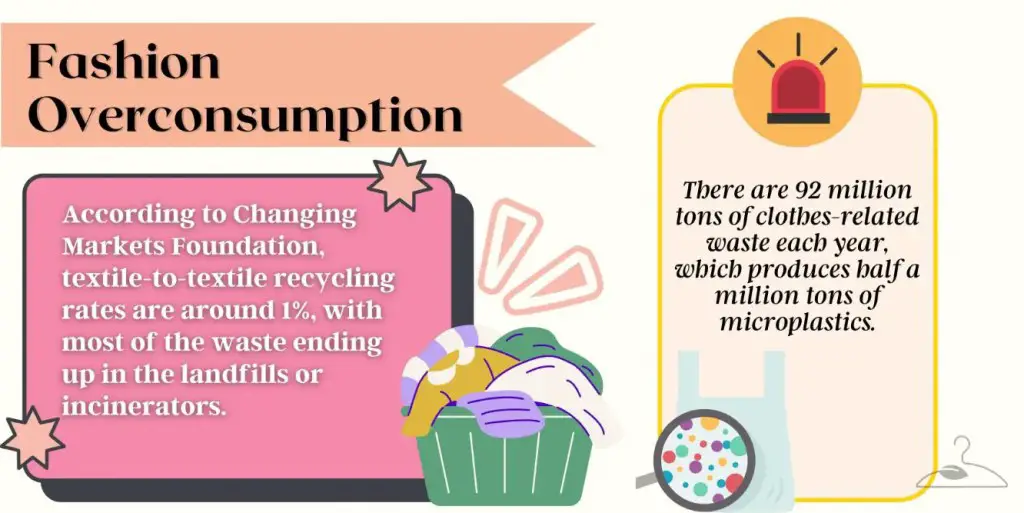
The Problem with Fashion Overconsumption
The amount of internet sales alone has risen from 14.7% in 2016 to a whopping 30.7% in 2022. The average American shopper will buy more than ten times the recommended amount of clothes, purchasing an average of 68 new items in just a year. According to Hot or Cool, 80% of those are barely worn. So, why are we so dedicated to buying more, when we really need to be buying less?
The Online Shopping Phenomenon
One of the biggest culprits is online shopping. The internet is your best friend when it comes to convenience – you can buy almost whatever you want, when you want, from wherever you are. But with great cursor capability comes great responsibility.
Every click on a new shirt, shoes, or dress adds up, and usually, you don’t end up with things you really want or need. So, how do we stop over buying?
How can we figure out when it’s the right time to add items to that glorious online cart, and when it’s the right time to be mindful? The following tips will guide your habits as you explore the question, “how often should I buy new clothes?”
- Declutter and reassess your closet every season – make better use of your space, organize your wardrobe space, and visualize what you already own better.
- Stop depending on trends – brainstorm new aesthetic combinations, play around with pieces that you already own, and keep track for your consumption habits.
- Avoid mindless shopping – make a checklist when buying necessary items and consider blocking websites that trigger impulse shopping.
- Channel your creativity – get your dopamine rush from styling, mending, and repurposing clothes, rather than buying new items.

To Many, Shopping isn’t a Pastime, it’s a Lifestyle…
Shoppers today face the issue of having too much to choose from – so much more is available, so why not take advantage?
Shopping habits are influenced by emotion and the pressure to conform, and rest assured, we are victims of both. What’s important is that you know how often should you purchase new garments and what ways to make shopping work for you, and not the other way around.
Compulsive Shopping and Online Shopping Addictions
Nowadays, shopping for clothes is a curated concept not aimed solely at meeting needs. Recent data from European studies shows that there has been a notable increase of Compulsive Buying in adults over the last 20 years. The study found that “people break with traditional notions of shopping and shop hedonistically (sensationally) getting a thrill or experiencing pleasure”. Shopping can become a serious problem, and it’s important to help anyone you see having an issue, and more important to recognize you might need help!
It’s important to get serious about these issues – Online Shopping Addiction (OSA) and Compulsive Buying are addictions that “5% of adult Americans appear to be afflicted with”. Compulsive buying can lead to difficult consequences, like financial and legal problems (debt, loans, and overdrafts), interpersonal issues, and even psychological distress.

Curbing the Shopping Habit
Just like all other habits, it’s important to always check up on yourself and the way you shop. Make sure that you feel in control, and always try to understand how your relationship with clothes is affecting your buying habits. Clothes are there to support you and your identity, and not control you.
If you ever feel like you need support, tell your loved ones about your problem and/or seek professional help.

So, How Often Should I Buy New Clothes?
Shopping seems to be a necessity for us now, just like eating and sleeping. Because of this, you should always be reviewing how you shop and what you can do to become a more sustainable shopper.
Embrace minimalism, prioritize quality over quantity, practice conscious consumption, repair and repurpose, borrow or swap: these are all things you can do to limit your carbon footprint, get rid of clutter, and ensure that you don’t buy things you don’t need.
In the United States alone, 34 billion pounds of used textiles are thrown out each year. That’s more than 100 pounds of textile waste per person! It’s important to not add to an ever growing amount of waste unnecessarily – so we hope these tips on how often should you buy new clothes help you in your environmental fashion journey!
Remember, no one can stop all their buying habits immediately. It’s important to ease into small environmental alternatives that help, and avoid getting frustrated from sudden lifestyle changes.
Mostly, we want you to feel happy in your clothes, and happy about your choices. Happy shopping, and please, shop responsibly!
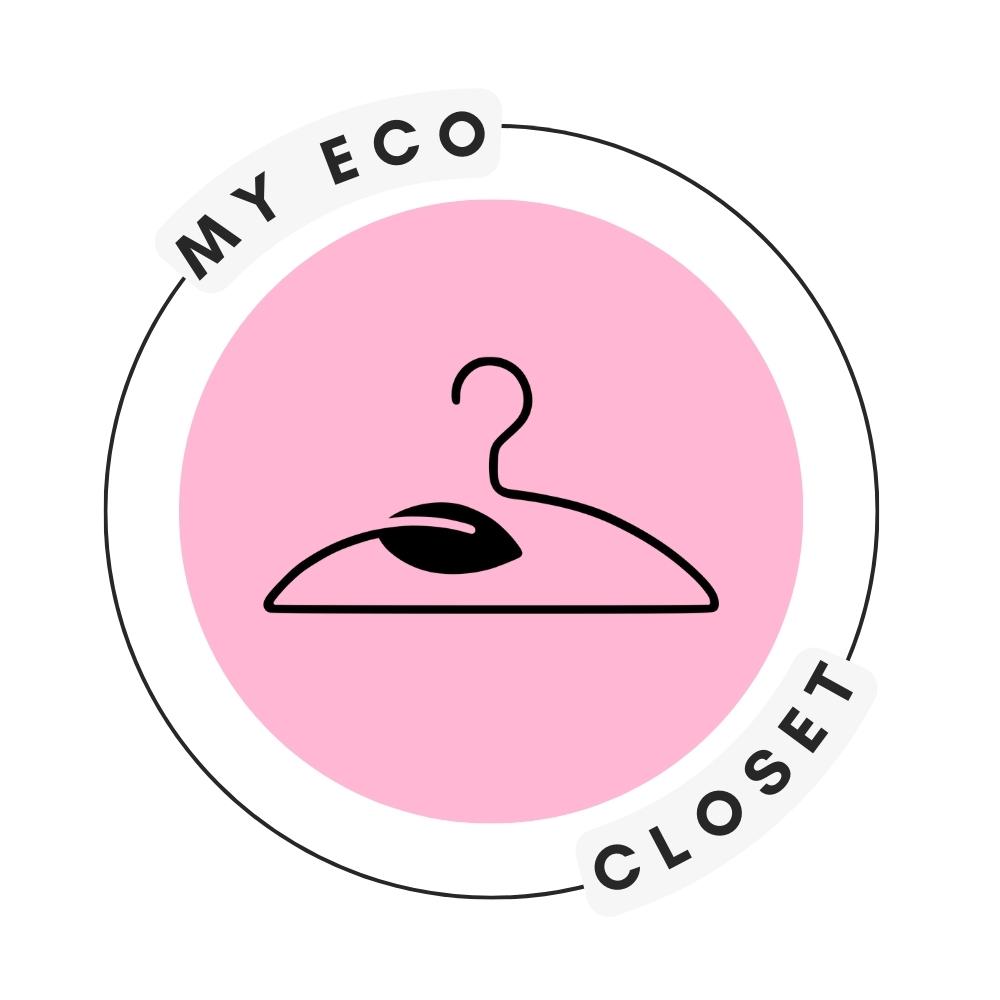

So true about the “green” consumerism… I definitely need to be mindful that consumption is still consumption!